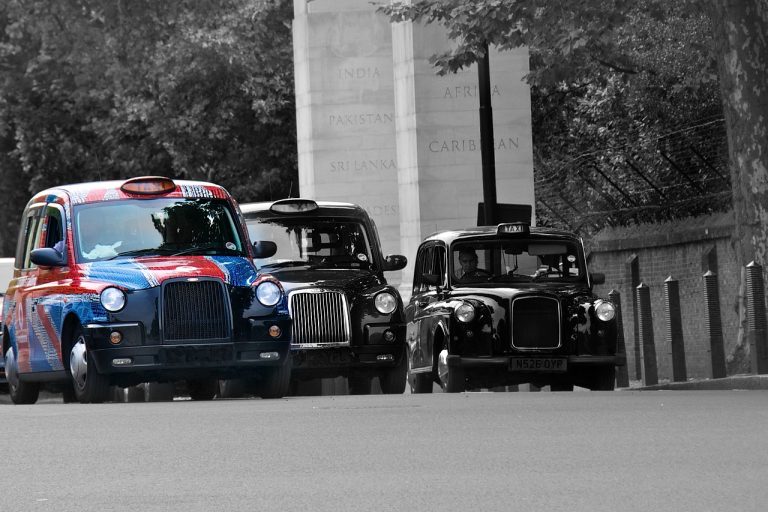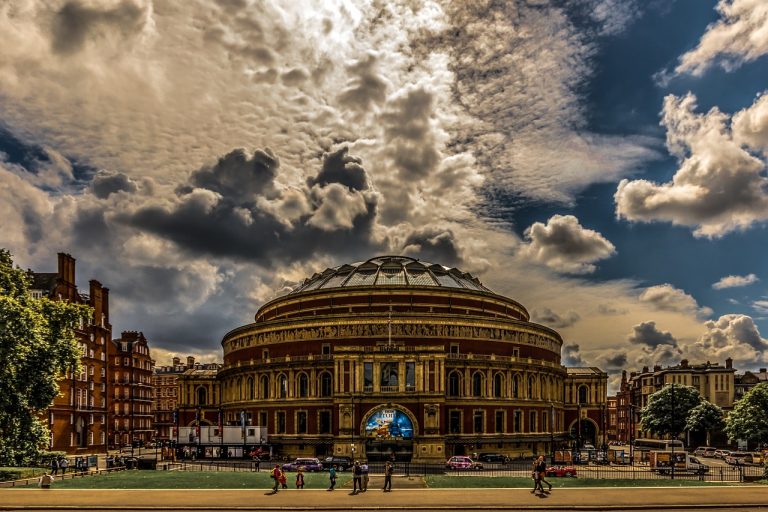London United Kingdom Video
Historical Landmarks of London United Kingdom: A Deep Dive
London, the capital city of the United Kingdom, is a treasure trove of historical landmarks that offer a glimpse into the city’s rich past. From iconic palaces to ancient cathedrals, London’s landmarks tell stories of power, royalty, and cultural heritage. In this article, we will take a deep dive into some of the most significant historical landmarks in London and explore their historical and cultural significance.
Tower of London
- Tower of London: The Tower of London, located on the north bank of the River Thames, is a historic castle complex that has served various purposes throughout history. Built in the 11th century, it has been a royal palace, a prison, and even a treasury. Today, it is primarily known for housing the Crown Jewels of the United Kingdom.
- Tower Bridge: Tower Bridge, often mistakenly referred to as London Bridge, is an iconic symbol of the city. This Victorian bridge, completed in 1894, is a combination of bascule and suspension bridge designs. Visitors can explore the Tower Bridge Exhibition to learn about its history and enjoy panoramic views of London.
- The White Tower: The White Tower is the central keep of the Tower of London and the oldest part of the complex. Built by William the Conqueror in the 11th century, it served as a royal residence and later as a prison. Today, it houses the Royal Armouries’ collection of arms and armor.
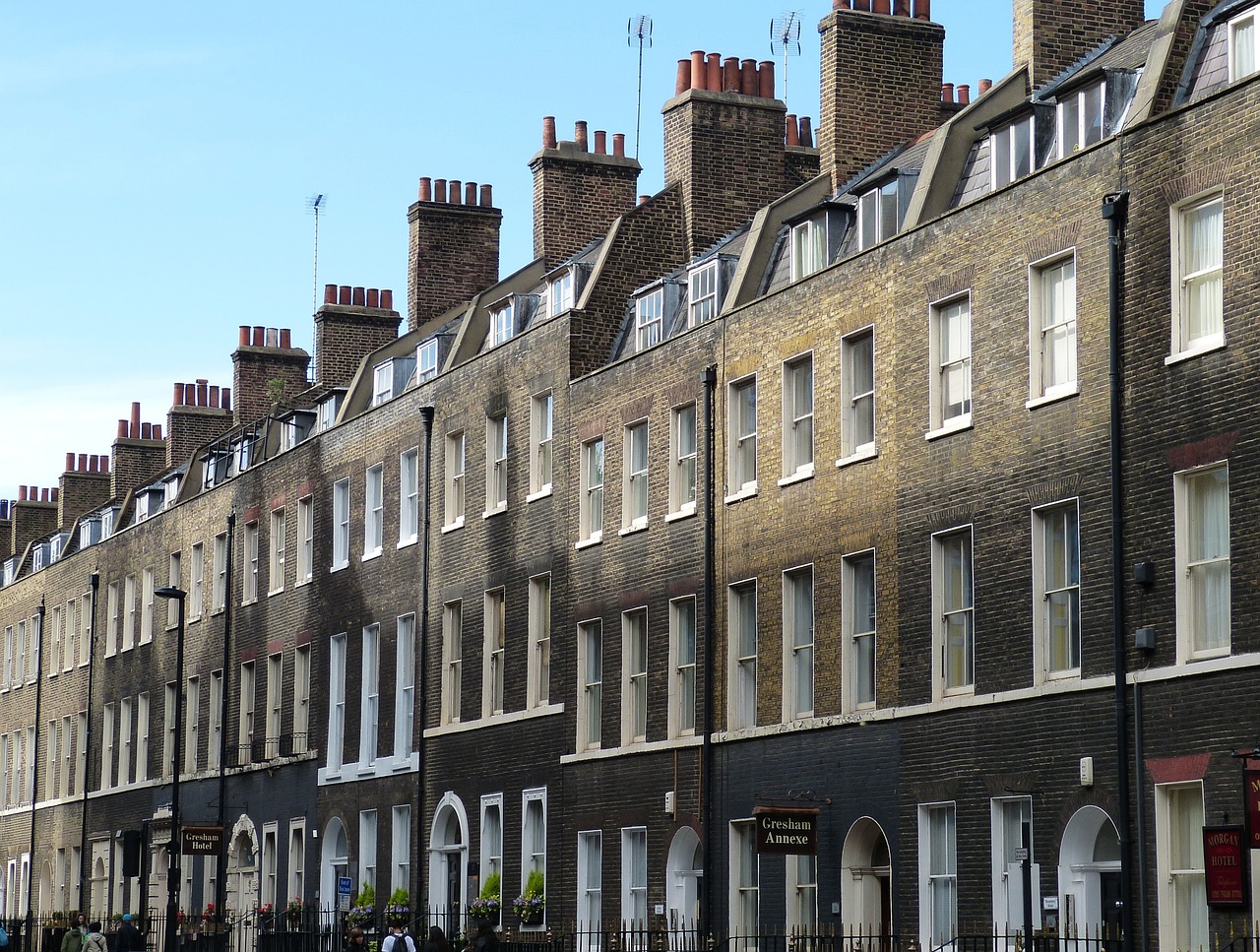
Westminster Abbey
- Westminster Abbey: Westminster Abbey is one of the most famous religious buildings in the world and has been the site of coronations and royal weddings. Founded in the 10th century, the abbey is a masterpiece of Gothic architecture and houses the tombs of many British monarchs, poets, and scientists.
- The Coronation Chair: The Coronation Chair, located in Westminster Abbey, is an integral part of coronation ceremonies for British monarchs since the 14th century. It is a wooden throne adorned with intricate carvings and is the oldest piece of furniture in the United Kingdom still used for its original purpose.
- The Poets’ Corner: The Poets’ Corner in Westminster Abbey is a section dedicated to famous British writers and poets. It is the final resting place of literary giants like Geoffrey Chaucer, Charles Dickens, and Rudyard Kipling.
St. Paul’s Cathedral
- St. Paul’s Cathedral: St. Paul’s Cathedral is an iconic symbol of London’s skyline. Designed by Sir Christopher Wren in the 17th century, this Anglican cathedral is known for its majestic dome, which offers breathtaking views of the city from its Golden Gallery. It has witnessed important events in British history, including the funerals of famous figures like Sir Winston Churchill.
- The Whispering Gallery: The Whispering Gallery is a unique feature of St. Paul’s Cathedral. Located inside the dome, it gets its name from the acoustic properties that allow a whisper to be heard clearly on the opposite side of the gallery, 100 feet away.
- The Crypt: The Crypt beneath St. Paul’s Cathedral is the final resting place of many notable individuals, including Admiral Lord Nelson and Sir Christopher Wren himself.
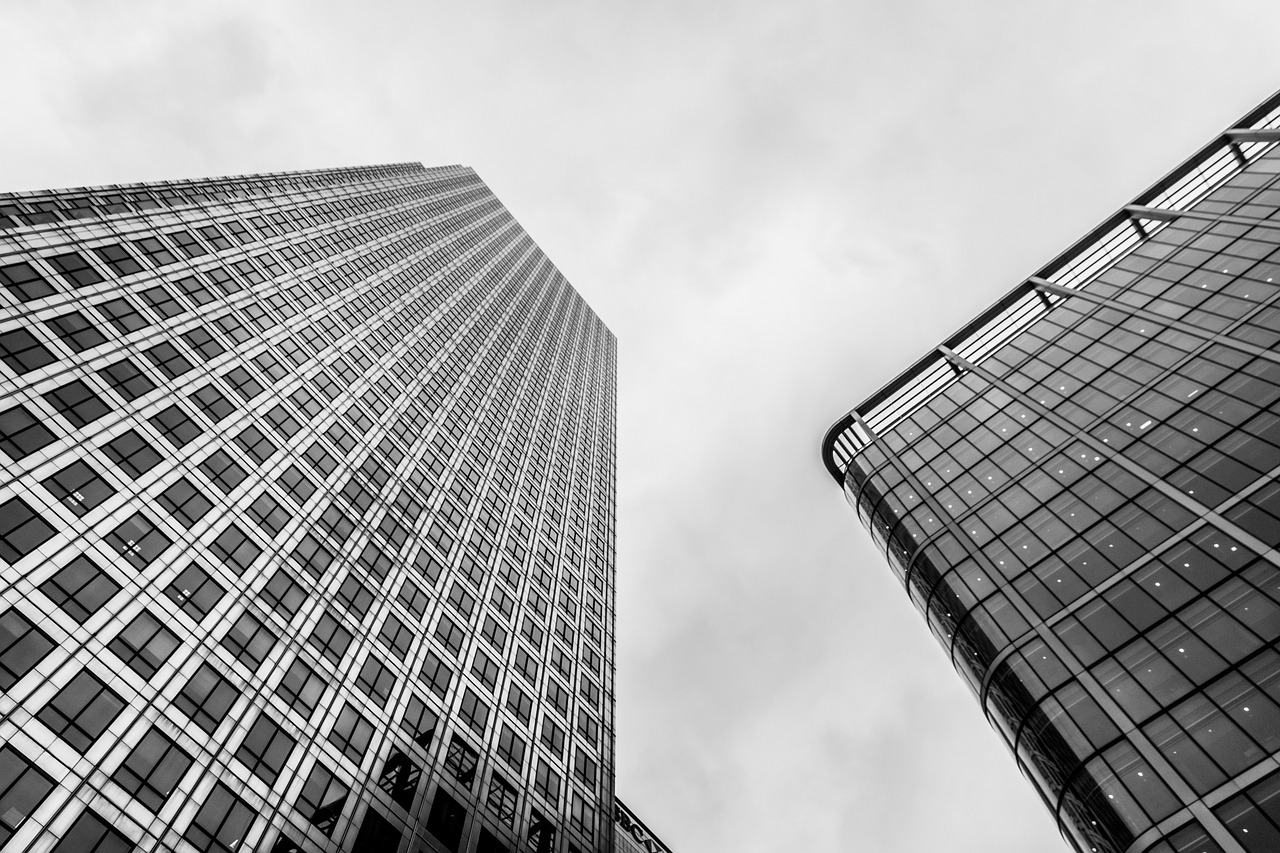
Buckingham Palace
- Buckingham Palace: Buckingham Palace is the official residence and administrative headquarters of the British monarch. This grand palace has been the London residence of the reigning monarch since Queen Victoria’s accession in 1837. The Changing of the Guard ceremony, a popular tourist attraction, takes place outside the palace.
- The State Rooms: The State Rooms of Buckingham Palace are open to the public during the summer months. These lavishly decorated rooms showcase exquisite artwork, furniture, and treasures from the Royal Collection.
- The Royal Mews: The Royal Mews, located adjacent to Buckingham Palace, houses the royal collection of carriages and coaches, including the Gold State Coach used for coronations.
The British Museum
- The British Museum: The British Museum, established in 1753, is one of the world’s largest and most comprehensive museums. It houses a vast collection of artifacts and artworks from various civilizations across the globe. Highlights include the Rosetta Stone, the Elgin Marbles, and the Egyptian mummies.
- The Great Court: The Great Court of the British Museum is a stunning glass-covered courtyard that serves as the museum’s main entrance. It features the iconic Reading Room and provides access to various galleries and exhibitions.
- The Egyptian Collection: The Egyptian Collection at the British Museum is one of the most extensive collections of ancient Egyptian artifacts outside Egypt. It includes famous pieces like the bust of pharaoh Ramesses II and the Rosetta Stone.
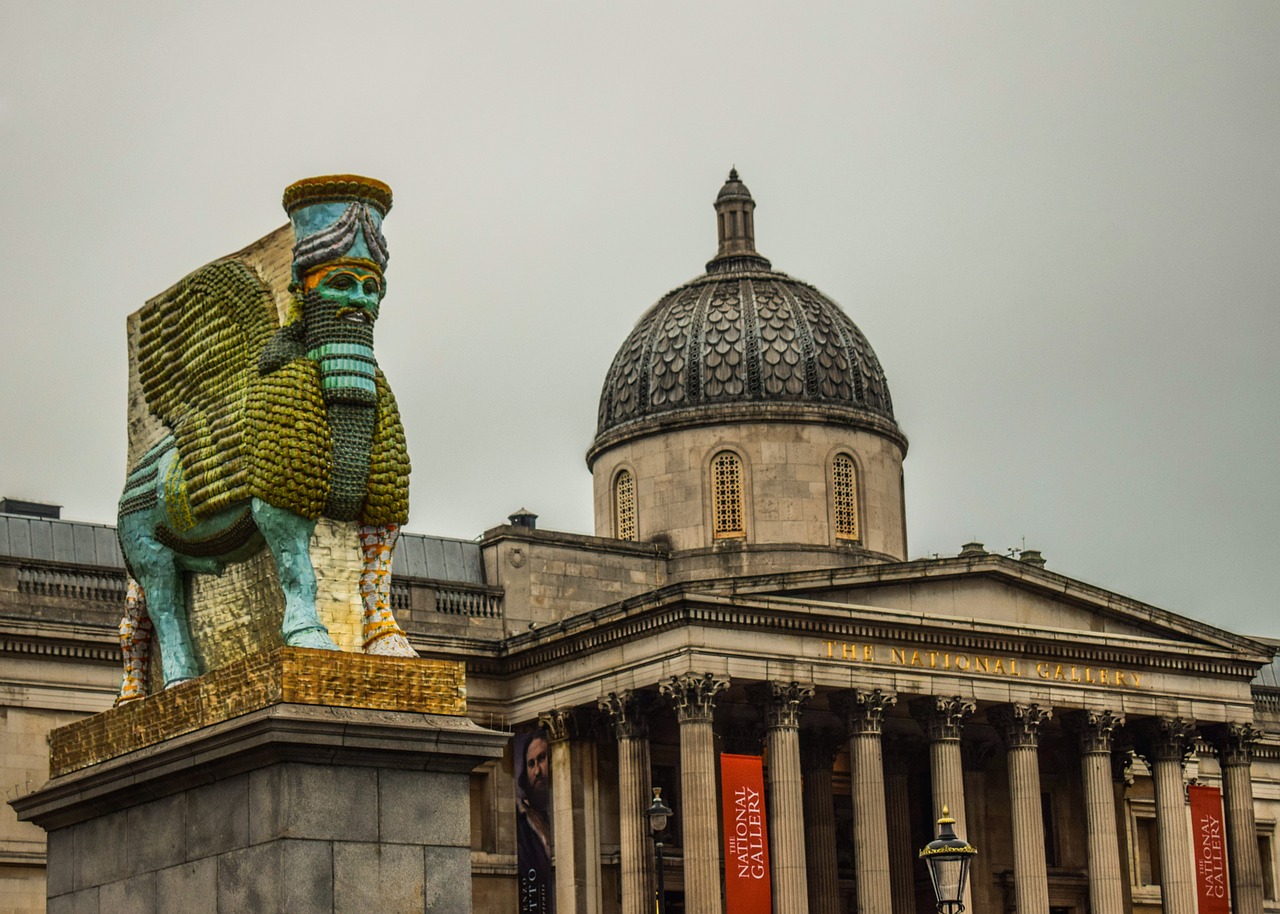
The Houses of Parliament
- The Houses of Parliament: The Houses of Parliament, also known as the Palace of Westminster, is where the UK Parliament convenes. This iconic Gothic-style building on the banks of the River Thames is home to the House of Commons and the House of Lords. The famous Big Ben clock tower is part of this complex.
- The House of Commons: The House of Commons is the lower house of the UK Parliament. It is where Members of Parliament debate and make decisions on legislation.
- The House of Lords: The House of Lords is the upper house of the UK Parliament and consists of appointed members, including life peers, bishops, and hereditary peers. It reviews, revises, and suggests amendments to legislation proposed by the House of Commons.
Conclusion
This deep dive into the historical landmarks of London United Kingdom has only scratched the surface of the city’s rich heritage. Each landmark mentioned here represents a significant aspect of London’s history, culture, and architectural brilliance. Exploring these landmarks is a must for anyone visiting or interested in the vibrant city of London.
References
- Petit Palace: petitpalace.co.uk
- Historic Royal Palaces: historicroyalpalaces.com
- Westminster Abbey: westminster-abbey.org
- St. Paul’s Cathedral: stpauls.co.uk
- Royal Collection Trust: royalcollection.org.uk
- The British Museum: britishmuseum.org
- UK Parliament: parliament.uk


